According to the Mayo Clinic, adults should get about 8 hours of sleep per night. The argument that we spend 1/3rd of our life sleeping supports the claim we should invest in a comfortable mattress. If we had to think of other places humans (or at least Americans) spend a large percentage of their day, cars would certainly be near the top of my list. So how can we optimize our in-car communication and entertainment experience? With our phones.
Unfortunately, most studies show that mixing mobile phone activities with driving are incredibly dangerous. The Governor’s Highway Safety Association shows that driving while using a handheld device is banned in 5+ states and text messaging is banned in 8+ states. Yet tape decks, radios and CD players have been a staple of driving that aren’t likely to be contested any time soon. So why the gap in thinking and how can we reconcile the desire for in-vehicle communication/entertainment with the need for safety?
The Carphone.
Part of the problem with a mobile phone is just that – it’s mobile. You have to fiddle with it, can drop it, the size is small and it takes WAY too much attention to operate while you’re driving a vehicle – hence the bans (which I don’t disagree with). Radios, CD players and other in-vehicle entertainment is often a permanent fixture. You know where it is at all times, you need a hand to use it but not hold it, and the buttons are large and obvious enough to make controlling it a simple task.
One lesson Android has taught us is it’s all about the software, dummy!
Although our phone is what is BANNED from use in the car in many states, it is NOT the phone that we actually want to use. Rather it’s the information and capabilities ON/IN the phone. So what if we could transfer the information from our phone to the actual vehicle itself? Right now there are two very different movements going on in the auto industry and mobile industry and, if they recognize this window of opportunity they could greatly improve lives and safety by working together.
Universal Standard For Charging And Syncing Mobile Devices
In September 2007, the Open Mobile Terminal Platform (OMTP) recommended that micro-USB become the universal standard for charging and syncing mobile devices (source). Carriers and manufacturers might be reluctant to do so for the same reason many are currently reluctant to adopt Android – it destroys a revenue stream. Lose or break a charger? Good – you have to visit them and buy their proprietary product in order to properly use your device. This ain’t gonna cut it too much longer.
The 38 members of the OMTP should be commended and the entire industry should be working hard to develop USB 2.0, or an alternative technology as a universal standard. The lack of one might be fueling short-term profits but its stifling long-term growth. Sound familiar? If USB 2.0 could be adopted as a universal standard, I truly think we would see the next generation version of “The Carphone”.
It wouldn’t be this type of car phone:
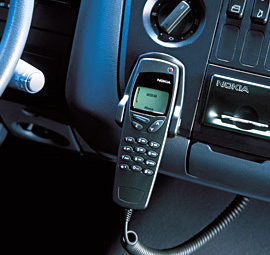
It would be an in-vehicle docking station for your phone that is built in by the original car manufacturer. Not only that, it would be closely integrated with the every part of the vehicle, allowing information and preferences stored in your phone to personalize your driving experience:
- Based on the vehicle you’re driving it will adjust your seat and mirrors to your preferred comfort position by knowing your distance to the pedals, preference in other vehicles, etc…
- Your favorite radio stations, current music library and other multimedia information will be used as the basis of the car’s in-vehicle entertainment/music system
- What GPS navigation system have you downloaded for Android? No problem – your service will be used when displaying the in-dash navigatio screen that comes with the vehicle.
- Making a call? You can now control it with buttons on your steering wheel much like volume/channel for radio operations for use with either speakerphone or your bluetooth headset.
We already know Android will be used on Netbooks and will likely appear on other types of devices as well. But this goes well beyond Android. If all mobile devices were charged/synced using USB 2.0, vehicle manufacturers would have a HUGE incentive to look at incorporating a new driving experience into their cars, trucks, hybrids, etc… Considering the state of the automotive industry, especially in the United States, they’re looking for ways to innovate and differentiate. Why not use some of the bailout money towards putting together an innovative program that could truly change the face of personal transportation?
The timing is good, because they’ve already been thinking about that.
Intel Aims Open Source At Your Car
In a Register Hardware article from a couple weeks ago, Rik Myslewski talks about Intel’s non-profit partnership with leading automotive manufacturers to develop and promote an open-source reference platform for In-Vehicle Infotainment (IVI). Timely, right? It gets better…
The group is called the GENIVI Alliance and check out some of the group’s members:
- Intel
- BMW Group
- PSA Peugot Citroen
- General Motors
- Delphi
- Visteon
- Magneti Marelli (of Fiat)
- Wind River
Did you catch that last one? Wind River. If that doesn’t ring a bell, they’re members of the Open Handset Alliance, the group of companies supporting Android. According to the group’s first press release, the first IVI platform will be build with an Intel Atom processor running Wind River Linux. The first technical deliverable is scheduled for this summer.
We Need Synergy
The word synergy is overused, but it applies too perfectly here to use any other term. The mobile market is in a state of transition with a movement towards open platforms creating a tremendous level of innovation. Meanwhile, the automotive industry is attempting to create an open source in-vehicle infotainment platform in a time when they’re desperate for innovation. The core component separating two of the biggest industries in the world from jointly creating an innovative new line of products and services is the adoption of a universal charging/syncing standard for mobile devices.
Recognize the opportunity. Put your heads together. Get it done. I don’t think I’ve ever said this in my life… but I want a car phone.

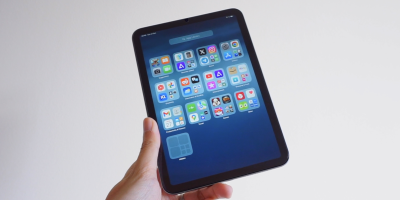
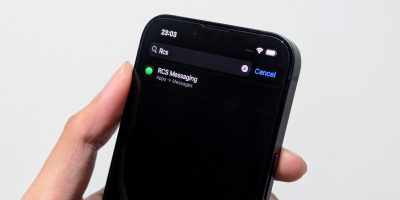
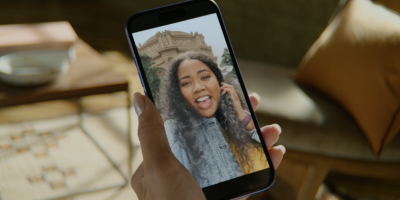
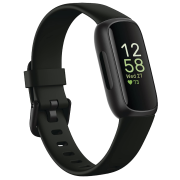
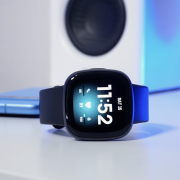


Very interesting subject!
I think Land Rover introduced something similiar with the LRX concept, although they used an iPhone as the main object. I think the thoughts were almost the same: Recognize the personal settings of the driver (seats’n’heats :D), as well as syncing the contacts, the media library etc. with the car and at the same time changing the phone into a car key + engine start key. These elements can definitely be implemented with Android and the right hardware. I’m really excited about this genre of car phones!
Security is here a big issue, too though! If you think that the phone would replace the car key etc…;)
I recently replaced the stereo in my car, and got a head unit (made by Dual) which has a USB input and an optional bluetooth receiver. so, now I can get in to my car, and plug my android phone into the USB port (to charge it)and also have it automatically connect to the receiver via bluetooth. If someone calls me, I only have to press a button on the stereo to answer it, and the call comes over the stereo speakers. I can make calls pretty simply too. I live in DC where cell phone use is illegal in the car, so this works out real well for me. Hopefully in the near future setups like this will be the standard, and will make talking on the phone in the car (which we all do regardless of the risks) safer.
@Tim
How much is this head unit you’re talking about? Where can I find one?
I got it at Best Buy, but I haven’t seen it there recently. Crutchfield has it for $139, or $129 with out HD radio(HD is worth the extra money though). the non HD version seems to come with the BT adapter. I got the HD version and the blue tooth add on was like 50 bucks extra.
@Andy, sorry, meant to include this link http://www.crutchfield.com/p_070XHD6425/Dual-XHD6425.html?tp=5684&avf=N
This type of tech will not be impleneted in to vehicles for years to come. Most likely European car companies like Mercedes and Peaugot may try this type of hardware, as for it hitting U.S car compniesmany take a while. Remember were in a Resession or Economical crisis out here.
You might malign it because its a Microsoft product, but Ford SYNC actually works, and works well with the Android G1.
Downloads the phone book to your car, voice controlled dialing, answer, etc.
The technology is already here. I have a 2009 Ford Flex with Microsoft Sync. My G1 connects via bluetooth, syncs my phone book with the car, and control it all via voice commands. There is also a USB port in the armrest to directly connect/charge the phone as well. All stock from Ford.
Not only does Ford’s Microsoft Sync control control the G1 phone via Bluetooth, if you connect it via USB, Sync will also control the G1’s music files. With just your voice, you make calls and select music. Way cool!
What I don’t understand is why there’s not more anger/frustration about the terrible voice dial ability of my otherwise beloved G1. Unlike the author of this article, I actually DO want to use the phone for calls in the car, but I do NOT want to fiddle with the phone while driving. .
My 2+ year old MotoRizr that I replaced with my G1 handled voice dial perfectly. I pushed the single button on my bluetooth, said “Call Mom”, it asked me to confirm by speaking into my ear, and then as soon as I responded “yes”, it dialed. Why on earth should I have to take my eyes off the road and my hands off the wheel to call with a much newer phone?? Especially since Google’s HQ state of California has since required hands-free phone use?? Sigh.